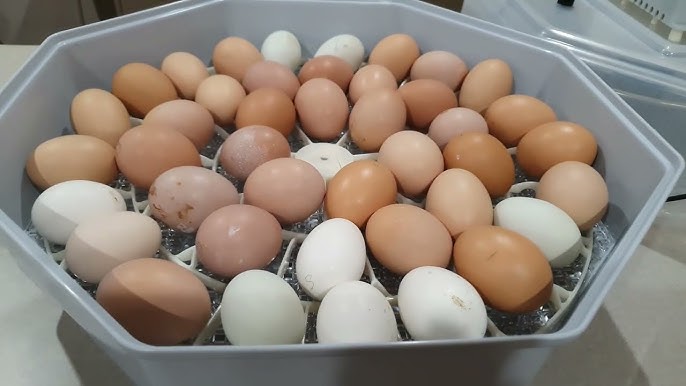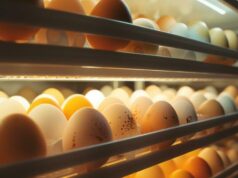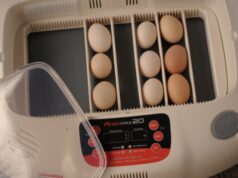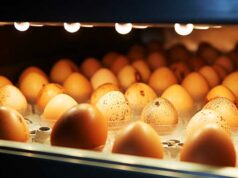Incubating chicken eggs is a rewarding and exciting process for chicken lovers. Ensuring that your incubator is functioning correctly is crucial for the successful hatching of eggs. Understanding how to know if incubator is working properly can save time, effort, and potential disappointment.
Knowing if your incubator is functioning properly from the start is essential. This knowledge helps in maintaining the ideal environment for egg development. By following simple checks and balances, you can ensure optimal conditions for incubation.
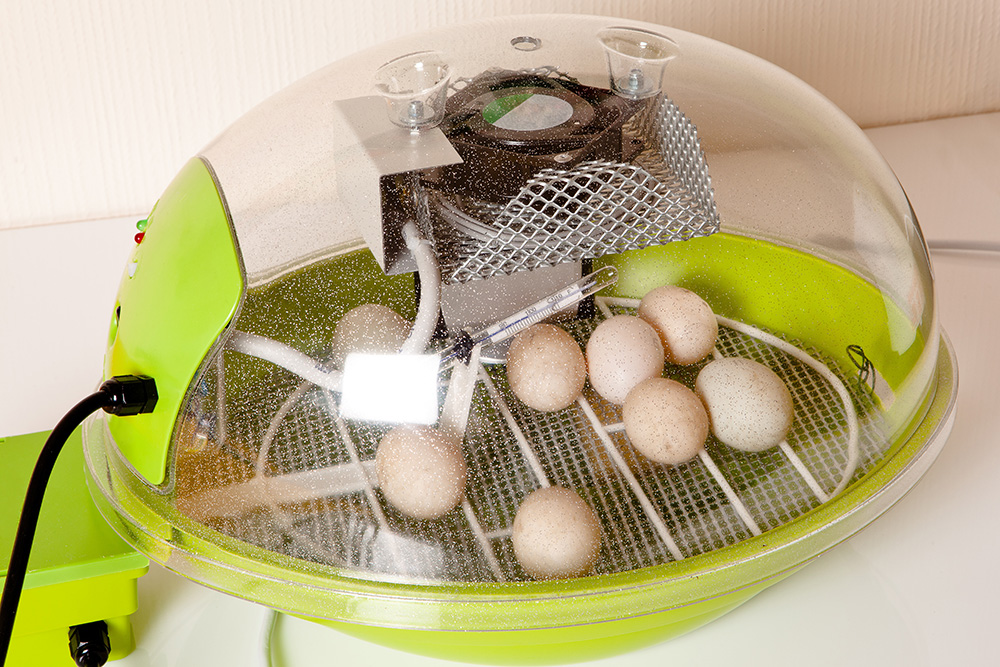
Understanding the Basics of Incubation
Before diving into how to check if your incubator is working, it’s essential to grasp the basics of incubation. Incubation mimics the conditions under a brooding hen, providing the right temperature, humidity, and ventilation to facilitate embryo development.
For a detailed guide on egg incubation, you can refer to this beginner’s guide.
Key Components of an Incubator
Temperature Settings
The temperature is a critical factor in egg incubation. Most chicken eggs require a consistent temperature of around 99.5F (37.5C). A slight fluctuation can adversely affect the hatching process. Regular checks with a reliable thermometer are recommended.
Humidity Levels
Humidity plays a vital role in the incubation process. Maintaining the right humidity prevents the eggs from losing too much moisture. For more information on managing humidity, visit humidity in incubator.
Ventilation
Proper ventilation is needed to supply fresh air and remove carbon dioxide. Ensure that the incubator has adequate air holes and that they are not blocked during the incubation period.
Signs Your Incubator Is Working Properly
Consistent Temperature and Humidity
Check the temperature and humidity levels regularly. Any significant deviation from the required levels may indicate a malfunction. Use a separate thermometer and hygrometer for accuracy.
Stable Power Supply
A stable power supply ensures that the incubator remains at the correct settings. Any power fluctuations can disrupt the incubation process, so it’s important to monitor the power source.
Monitoring Egg Development
Regular Candling
Candling is a technique used to monitor the development of embryos inside the eggs. By shining a light through the egg, you can observe the growth and identify any issues early on. For tips on when to start candling, take a look at candling chicken eggs.
Observing Embryo Movement
As the incubation progresses, you should begin to see movement within the eggs. This is a positive sign that the embryos are developing healthily.
Common Incubator Issues and Solutions
Temperature Variations
If you notice temperature fluctuations, ensure that the incubator is placed in a stable environment, away from direct sunlight or drafts. Regularly check and calibrate the thermostat if needed.
Humidity Imbalance
Too much or too little humidity can affect the hatching process. Adjust water levels in the incubator’s tray as necessary, or use a damp sponge to increase humidity.
Poor Ventilation
Ensure that air holes are not blocked and that there is adequate airflow within the incubator. Consider repositioning the incubator to improve ventilation.
Maintaining Your Incubator
Regular Cleaning
Keeping your incubator clean is essential to prevent bacterial growth. Clean the incubator thoroughly after each use, ensuring all parts are sanitized.
Routine Maintenance
Regularly inspect the incubator’s components for wear and tear. Replace any faulty parts immediately to avoid disruptions during the incubation process.
Using Technology to Assist
Many modern incubators come equipped with digital controls and alarms. These features can alert you to any issues with temperature or humidity, ensuring prompt action can be taken.
Additional Resources
For more insights into how incubators work, visit how incubators work.
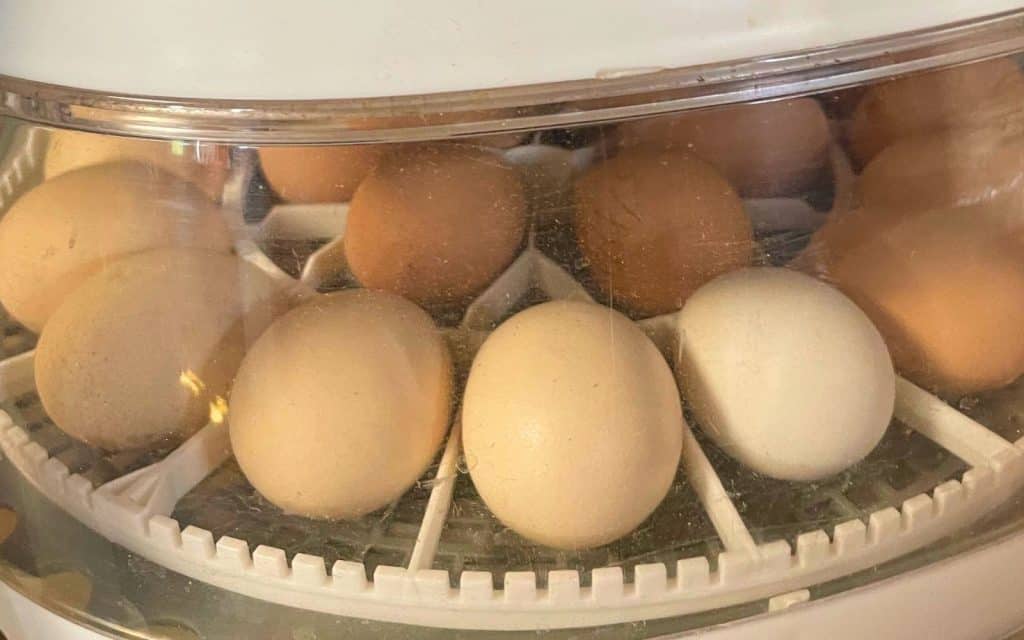
FAQ Section
What should I do if my incubator temperature fluctuates?
Ensure that the incubator is in a stable environment, away from sunlight and drafts. Check the thermostat for calibration, and adjust as necessary.
How can I increase humidity inside the incubator?
Increase humidity by adding more water to the incubator’s tray or placing a damp sponge inside.
Why is regular candling important?
Candling helps monitor embryo development and detect any issues early, ensuring a higher success rate in hatching.
This article contains affiliate links. We may earn a commission at no extra cost to you.
